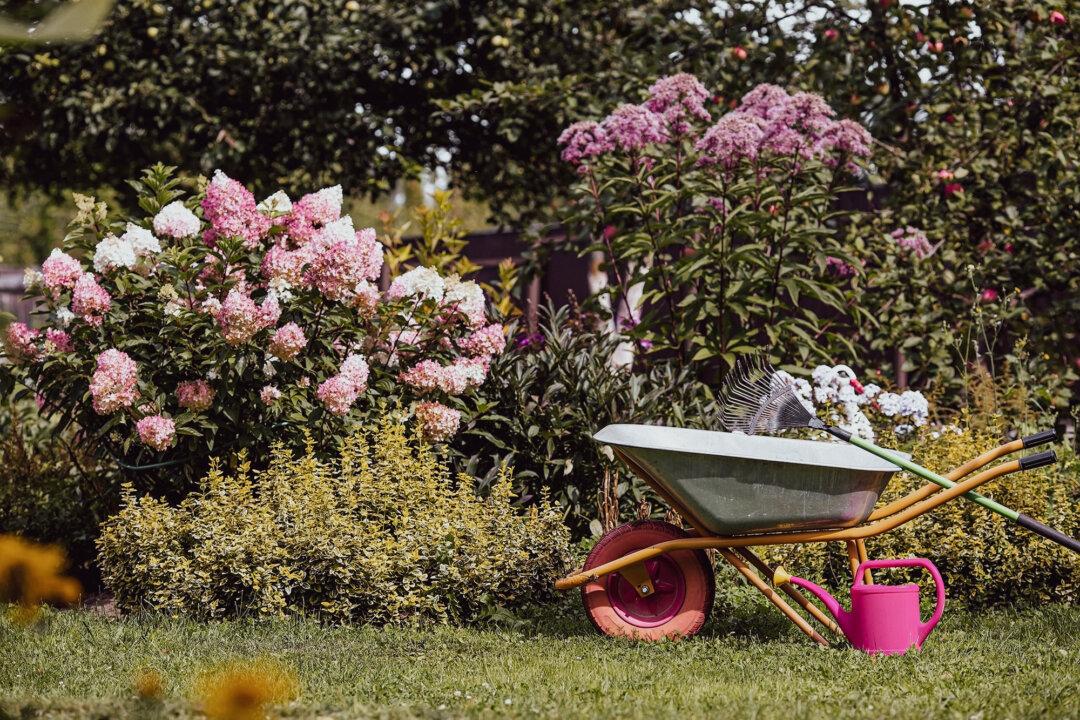The backyard wood deck is one of the most versatile spaces in the home; it’s the site of birthday parties, family cookouts, al fresco candlelit dinners, and a great place to simply relax. With the addition of a fire pit, a portable fireplace, or a patio heater, it can be used year-round.
Be careful during winter months when an icy wood deck can be quite hazardous; you may want to consider adding some grip-strip tape. Also, freezing temperatures can cause wood decks to warp and crack. Therefore, it’s extremely important to keep a deck clear of snow and ice. Using salt to remove ice may seem the easiest solution, but it can dry out the wood. Don’t reach for the sidewalk shovel either, as it can gouge or scratch the deck. Instead, use a broom, which won’t harm the wood.





